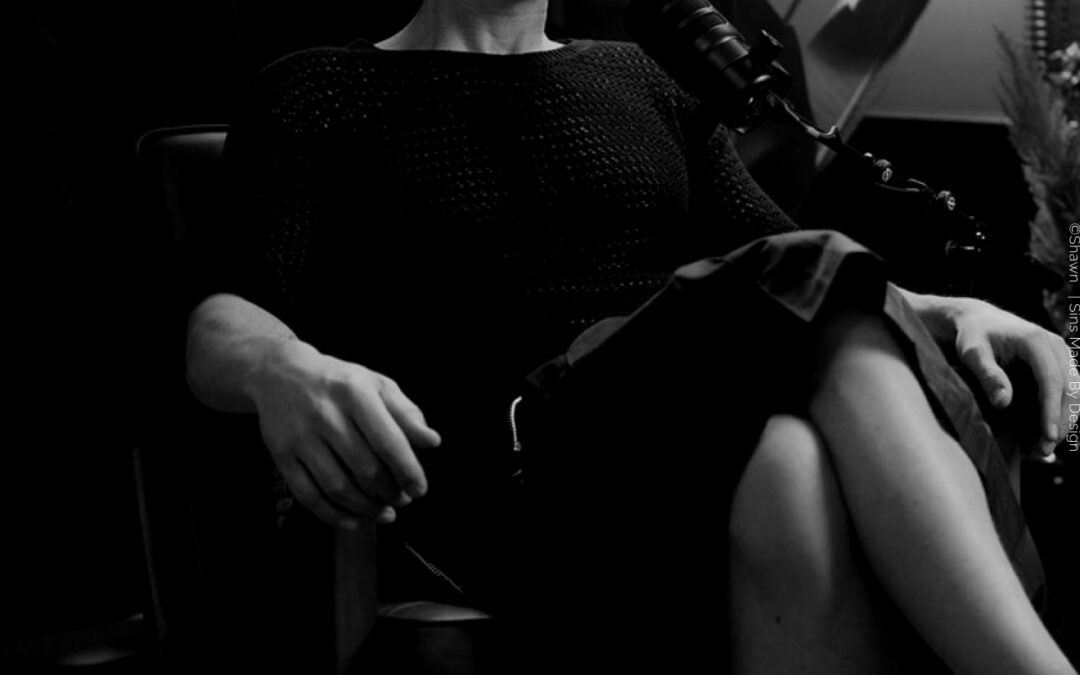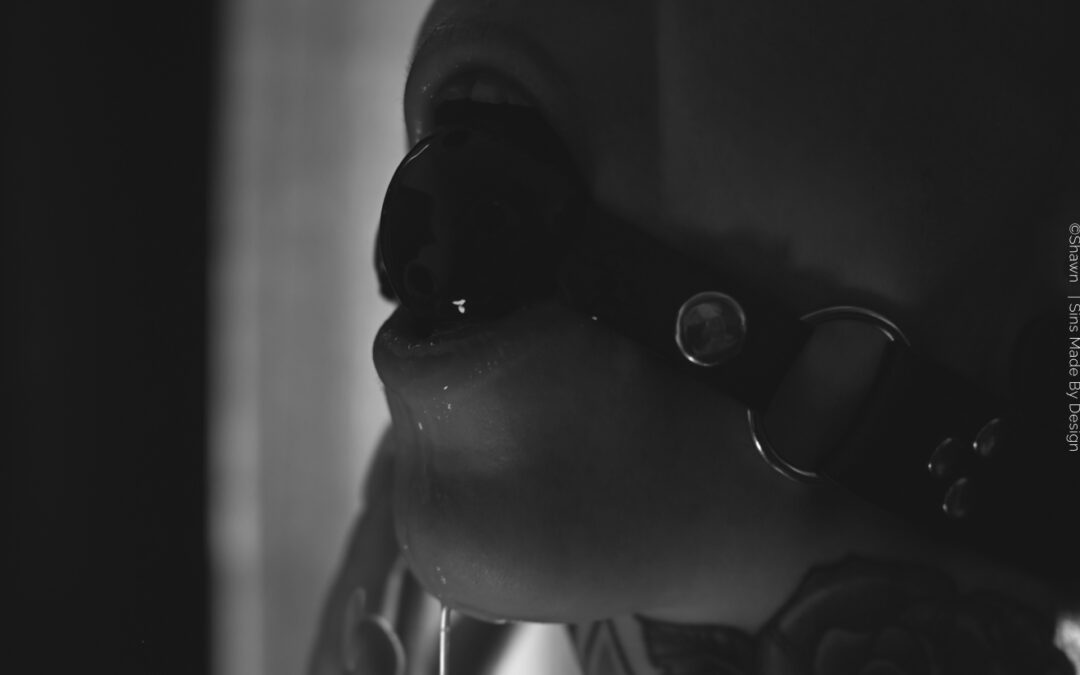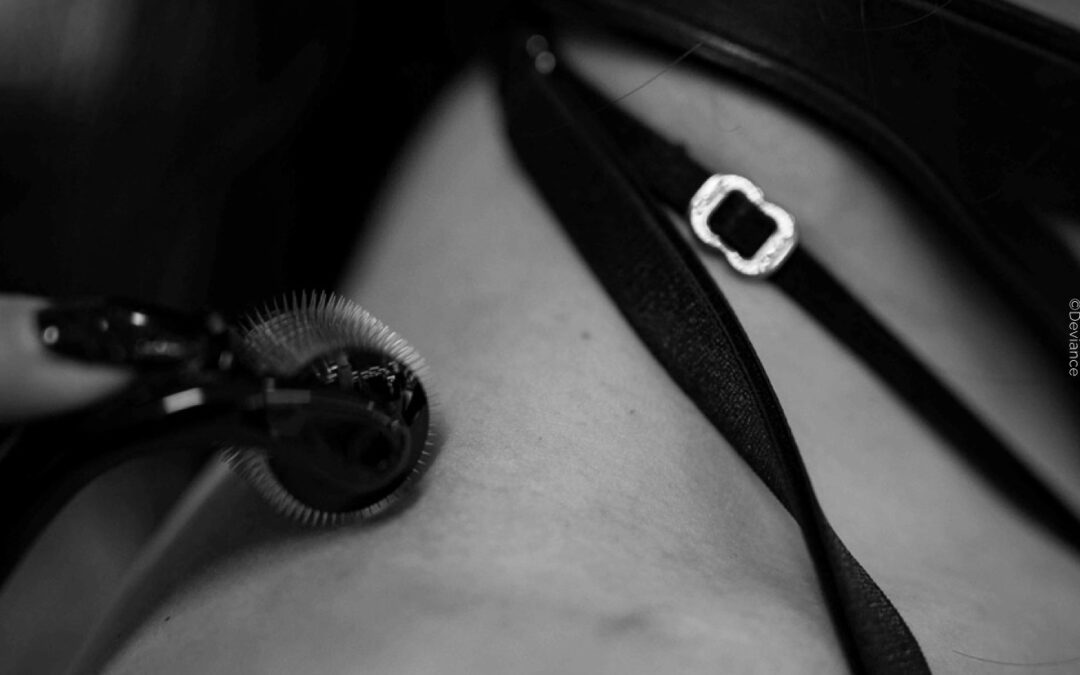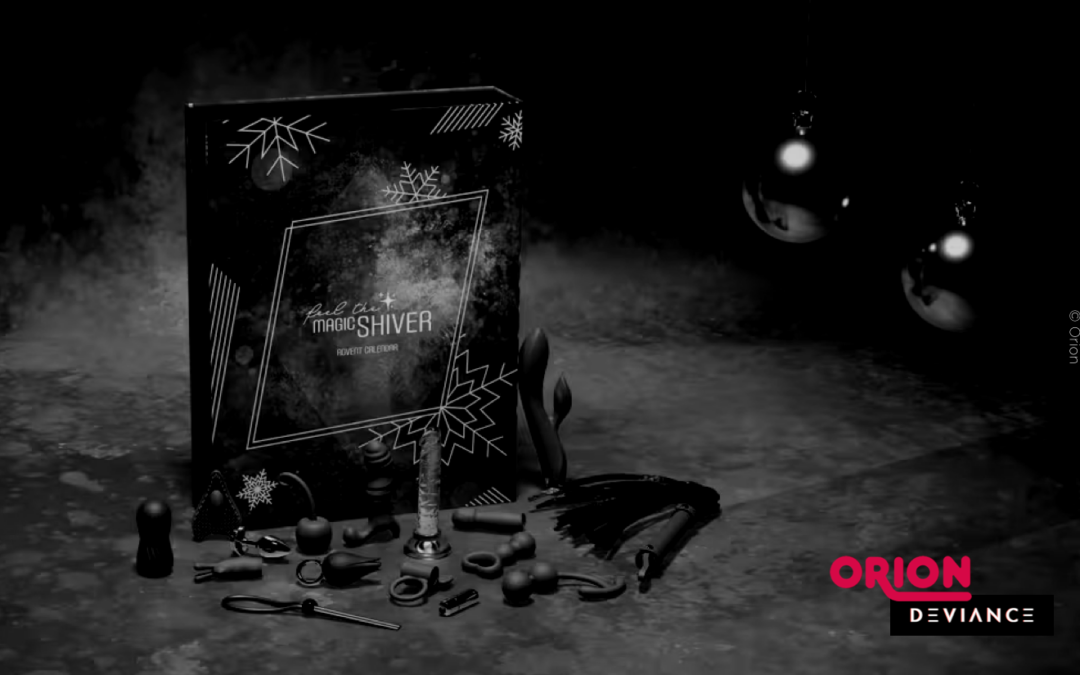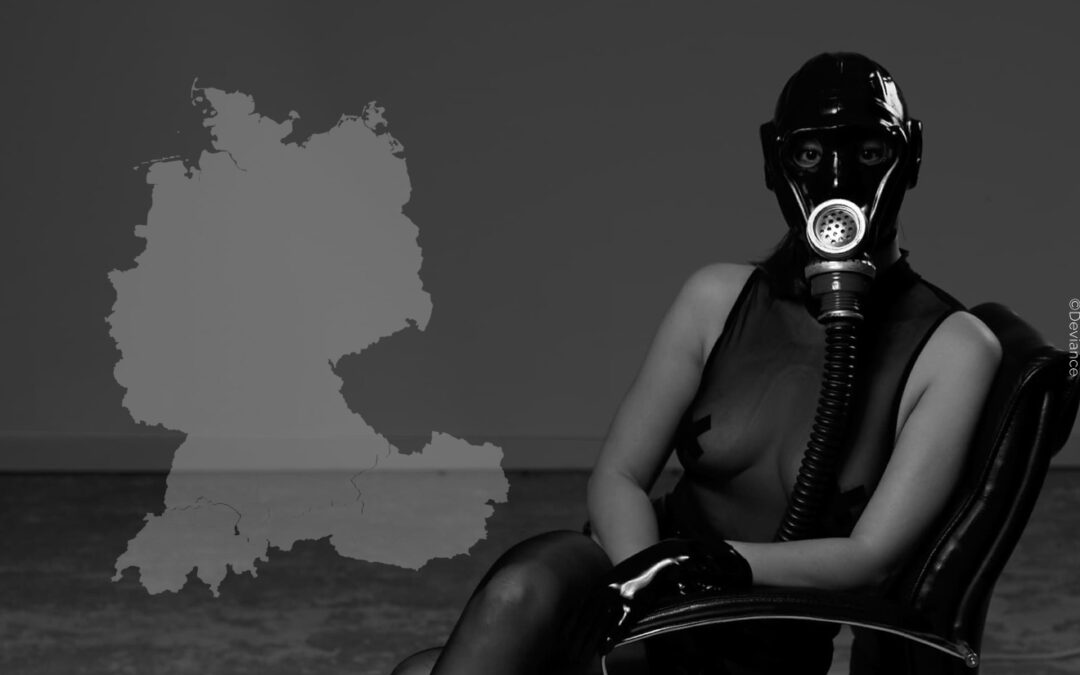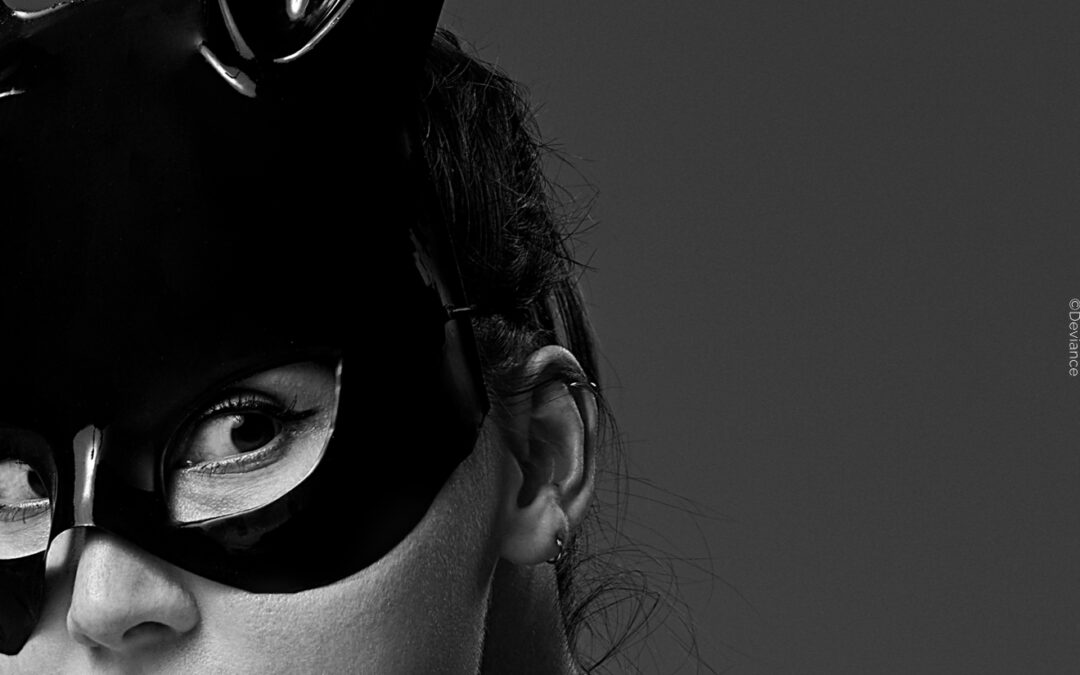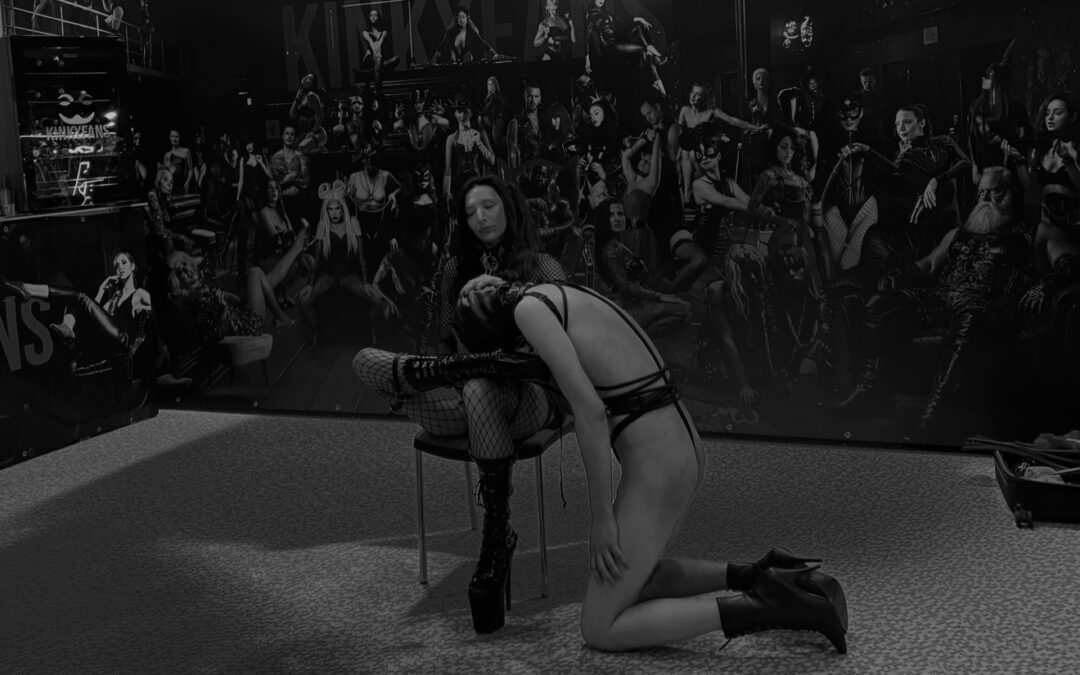What does objectification mean?
Objectification is a type of BDSM play, or more precisely role play, in which a person is viewed as an object for erotic purposes. However, this should not be confused with general objectification, such as the objectification of women in society. The latter is a discriminatory and sexist phenomenon that reinforces inequalities and occurs without consent. This means, for example, that it is relatively common to use females in sexually provocative poses as a decorative element for marketing purposes, even though sexuality has nothing to do with the message or the advertising. Sometimes women are reduced to their appearance in order to give male viewers a positive feeling. This also creates pressure for women in other areas of life as to how they should be. But let us now turn to erotic objectification.
In erotic objectification, a submissive person is no longer treated as a living being by mutual agreement, but only as an inanimate object, such as a seat, a storage area or is given a function, such as an ashtray, a lamp or a toy. A living being is thus turned into a thing. Sexual objectification, also known as reification or objectification, is the highest level of depersonalization. Pet play, i.e. the embodiment of an animal, is often seen as an entry point, as this is where dehumanization first takes place.
What is the thrill?
The transformation of the bottom(s) from a subject into an object is part of many masochistic or humiliating sexual fantasies of people of all genders and orientations. Objectification can mean erotic humiliation for the person being viewed. It also overrides many social conventions.
Being degraded to a thing is a particularly intense form of service. Useful objects are not played with or showered with attention and affection, but often have to remain immobile in a fixed position. This could also be referred to as mental bondage. On the one hand, the self-discipline required is a strong sign of submissiveness; on the other hand, the person playing below can still feel pride or humility days later due to sore muscles or other mementos of the game. Objectification is also used in some constellations as a punishment or for demonstration purposes. Some people see themselves as useful and feed off it, while for others it is particularly humiliating.
In this role, the person playing the bottom can be viewed and, if agreed, touched by others at will. In contrast, there is the possibility of a complete covering of the passive. Because the person remains motionless in their position, they can no longer be distinguished from an inanimate object. Forniphilia is a well-known sexual preference. This is specifically a play role as a piece of furniture. Dollification is also very popular. This involves assuming a session identity or role as a (sex) doll. Depending on the intended use, the attractive aspect of this is the loss of identity and/or passivity.
However, passivity can also manifest itself through the loss of the ability to determine what happens. Bondage, certain clothing, blindfolds, gags or other types of restraint restrict movement and prevent meaningful communication. The situation cannot be ended independently. Instead of a safeword, other symbols such as bells or an object that can be dropped if necessary are therefore recommended.
Sub must therefore take on a function due to the defined purpose, which increases the degree of humiliation in this type of game. The loss of identity is about taking away Bottom’s individuality and uniqueness as a person. This feeling can be heightened by masks or sensory deprivation. The person playing Bottom thus appears interchangeable, just like an object.
Levels of objectification
Objectification already begins in a permanent power construct with Master or Mistresses and Serf. The sub becomes a possession, is still a human being but has already lost some of their voluntary independence. In the next stage, as a pet, the submissive person is additionally dehumanized. The final stage is the inanimate object, in which Sub sheds all characteristics and becomes an object.
Which objects can be imitated?
As already mentioned, there are many possibilities for objectification, especially as a piece of furniture. Whether it’s a footstool, ashtray, coffee table, buffet top or drinks holder, objects with a passive function work very well. If you want Sub to be more active, floor lamps or candle holders and coat stands are suitable. But there are hardly any limits, many things are easy to imitate. In more extreme forms, Sub may become a living toilet or a high-tech sex robot instead of a doll, which can then also move and be actively at your service, but as emotionlessly as possible. Due to the many possibilities and variations, this type of play is suitable for many constellations and is always exciting.
Objectification in art
In the public sphere as a fetish, the work from 1969 by Allen Jones is probably a great inspiration. He had the sculptures Hat Stand and Table Sculpture, which showed half-naked women in the role of pieces of furniture.
Even though the sometimes submissive, sometimes dominant ladies were made of fiberglass, they caused a sensation, both positive and negative. Feminists railed against the sadomasochistic display of women. They saw the female body abused and objectified in the works. There were attacks at exhibitions in the form of smoke and stink bombs, acid attacks and various protests. Jones had studied art and had shown motifs from fetish magazines in his paintings in the sixties. They only moved from painting to the real world after a few years. He found his inspiration in a casino when he saw a slot machine in the shape of an almost naked woman. He made his sculptures out of metal-reinforced plastic and then covered them with fetish materials.
